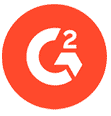F500 Company DNSFilter Deployment
Case Study
About the customer: A Fortune 500 company using Cisco Umbrella questioned how reliable the software was for threat detection. They saw the rising security threat data breaches posed to their business, both financially and as a threat to their company image.
With over 13,000 employees in offices around the globe, they needed the most secure DNS protection software available.
The F500 company came to DNSFilter. They wanted to see how we matched up against Cisco Umbrella, so we performed a head-to-head comparison of threats prevented by Cisco Umbrella and DNSFilter. Here are our findings.
Experiment 1: DNSFilter's blocked threats
DNSFilter took a 24-hour report of domains marked as a threat by its AI and then accessed those same domains using Cisco Umbrella. Of the 432 domains blocked by DNSFilter, Cisco Umbrella only blocked 26.8% of those threats. 19.1% of the threats caused an error and no response, while 54.1% of the domains that DNSFilter blocked, Cisco Umbrella allowed.
"Cisco Umbrella allowed users to access over 50% of the threats DNSFilter blocked."
DNSFilter's findings
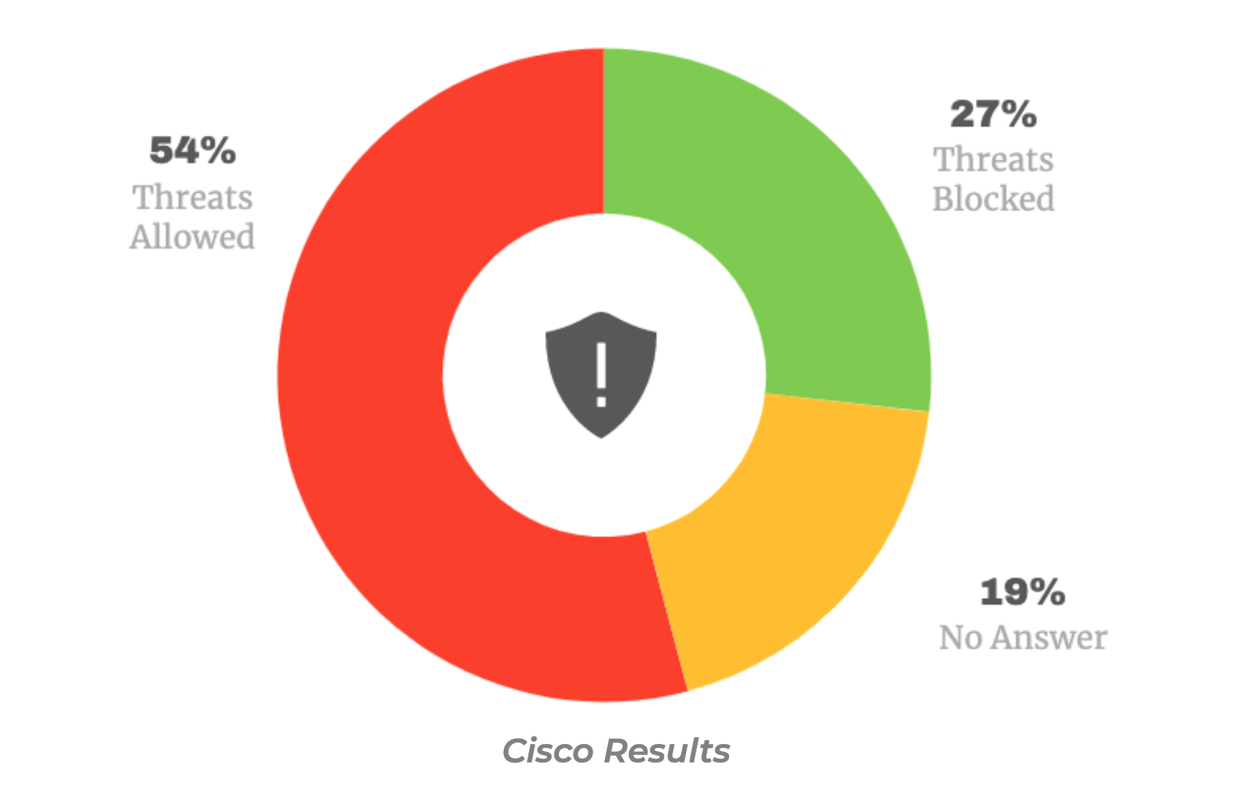
The results
VirusTotal is a collaboration of over 150 anti-virus and domain scanning tools. We used this aggregate tool as a benchmark for our results. To measure the efficacy of DNS protection software, the domains blocked by that software should match closely with the domains marked as a threat by VirusTotal.
We ran the DNSFilter-blocked domains list against VirusTotal to validate our results. This review led to us revealing that only 12 out of our 432 domains were false positives. This means of the threats blocked by DNSFilter in a access over 50% of the threats our software 24-hour period, we had a 97% match rate with VirusTotal.
It also confirmed our findings that Cisco Umbrella allowed users to access over 50% of the threats our software blocked.

Experiment 2: Cisco Umbrella's blocked threats
We then reversed the experiment and obtained a list of threats blocked by Cisco Umbrella over a 24-hour period. The list had 447 domains. Of the Cisco Umbrella-blocked domains, DNSFilter only agreed with 5% of them. DNSFilter allowed users to access 90% of what Cisco deemed a “threat”. But what were those sites that DNSFilter wasn’t blocking that Cisco Umbrella was?
The results
We decided to turn to VirusTotal once again to check the validity of all of the threats categorized by both DNSFilter and Cisco Umbrella.
When we checked all of these domains, we confirmed that DNSFilter agreed with VirusTotal 85% of the time, while Cisco Umbrella only agreed with VirusTotal 10% of the time.
After this experiment, we concluded that a majority of Cisco Umbrella’s blocked sites are actually false positives (wrongly categorized as “threats”) when compared to VirusTotal. We also determined that Cisco Umbrella is likely not blocking 50% of zero-day* malware and phishing sites, putting customers at serious risk. Meanwhile, because of its unique AI, DNSFilter was able to categorize and block new threats in real-time with great accuracy.
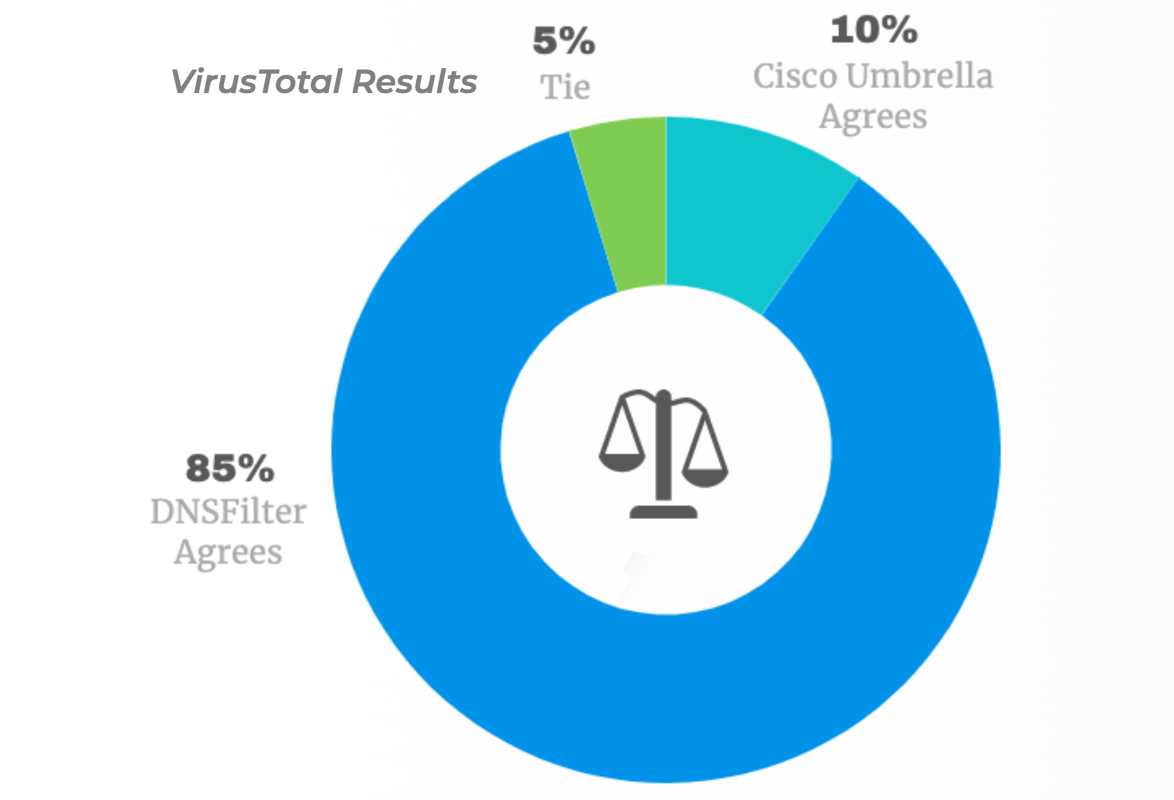
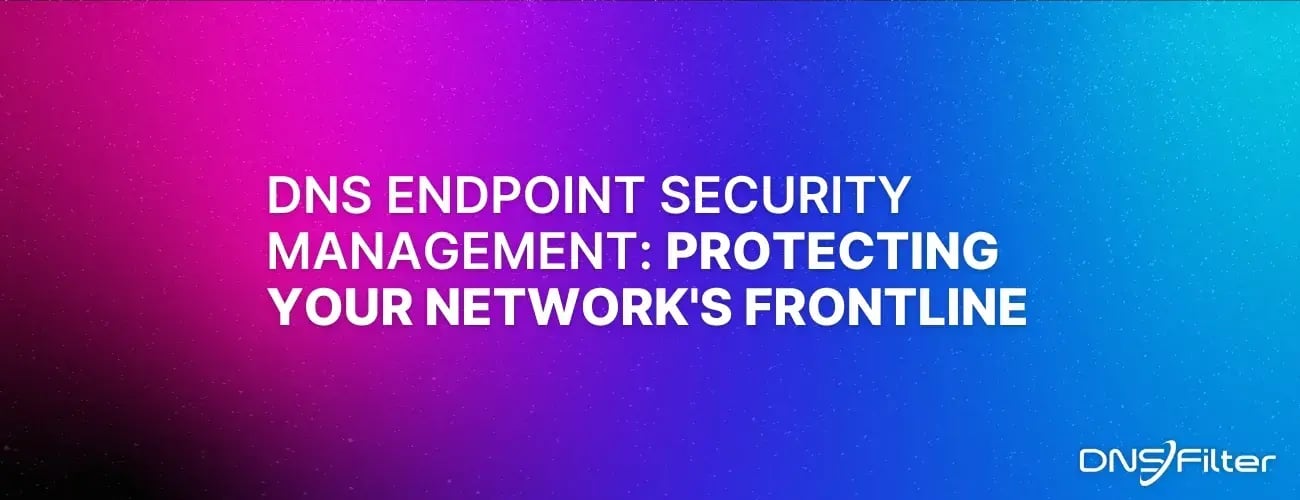
DNS Endpoint Security Management: Protecting Your Network's Frontline
To mitigate these risks, DNS Endpoint Security Management offers a robust solution, blending traditional endpoint security with the intelligence of DNS protection.

Migrating from Cisco Umbrella to DNSFilter: A Complete Walkthrough
Ensure that your users and endpoints aren’t at risk by seamlessly migrating to a top-tier protective DNS solution and easily install the DNSFilter Roaming Client on your devices.
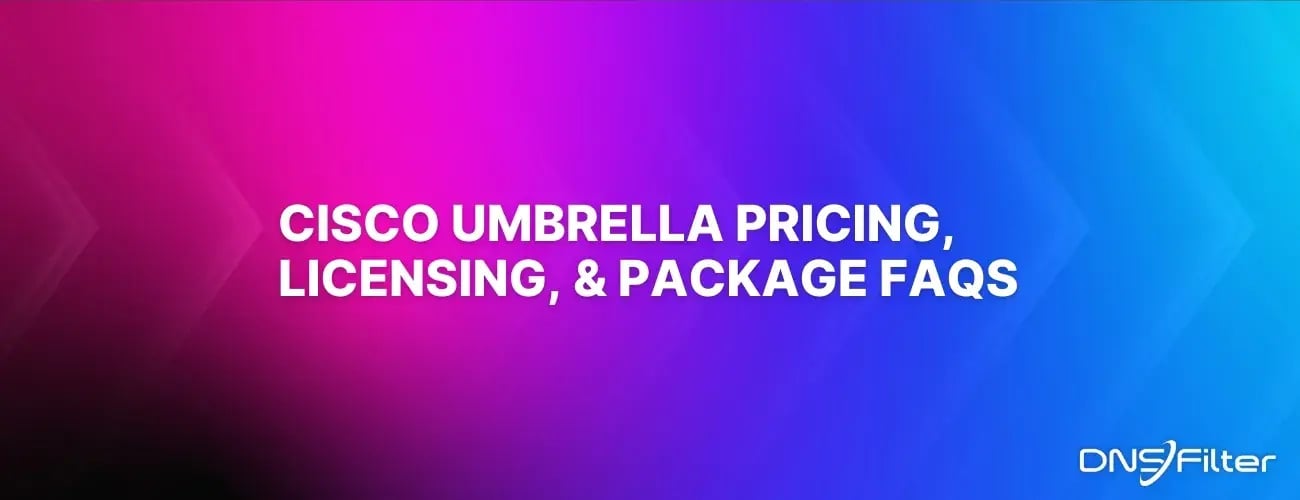
Cisco Umbrella Pricing, Licensing, & Packaging FAQs
The upcoming end-of-life for Cisco Umbrella Roaming Client has left many users of Umbrella feeling uncertain about the next steps to take. If you're among them, you may be reconsidering which protective DNS solution best suits your organization.
Customers love us, threats hate us







.png?width=154&height=50&name=fresno%20(1).png)

